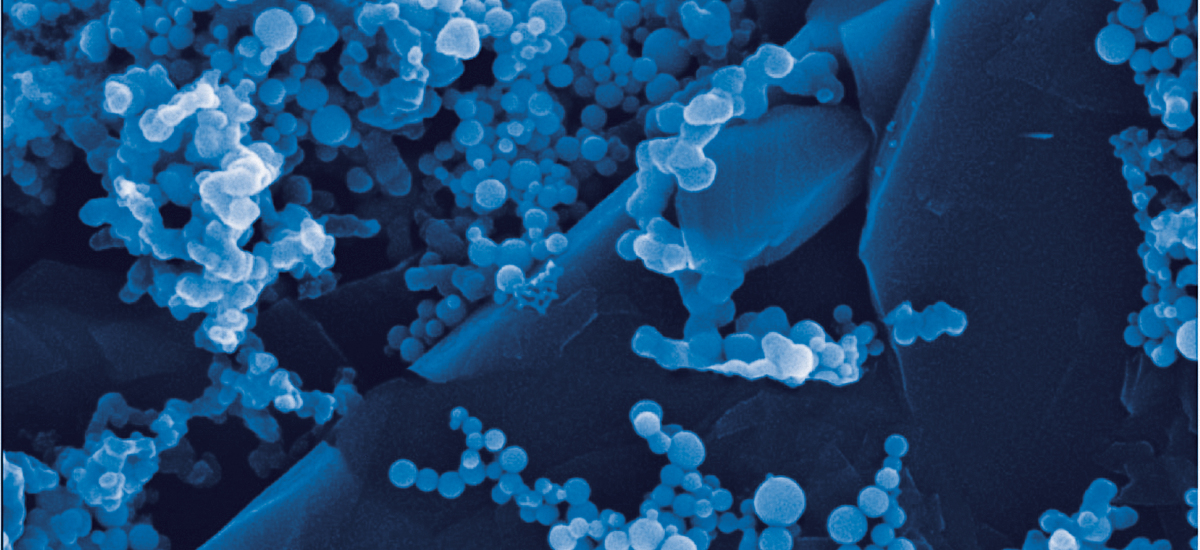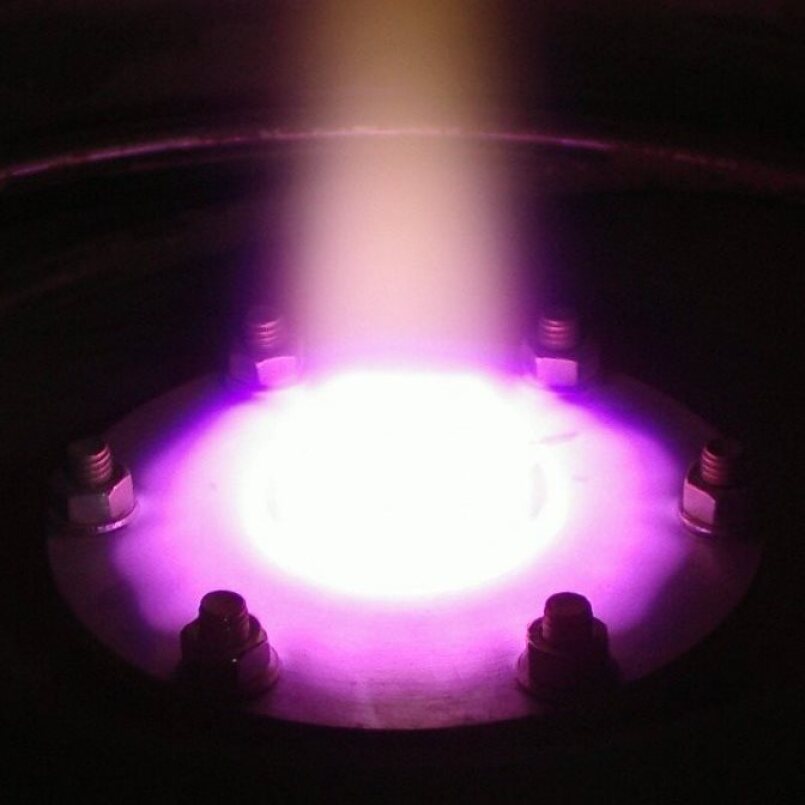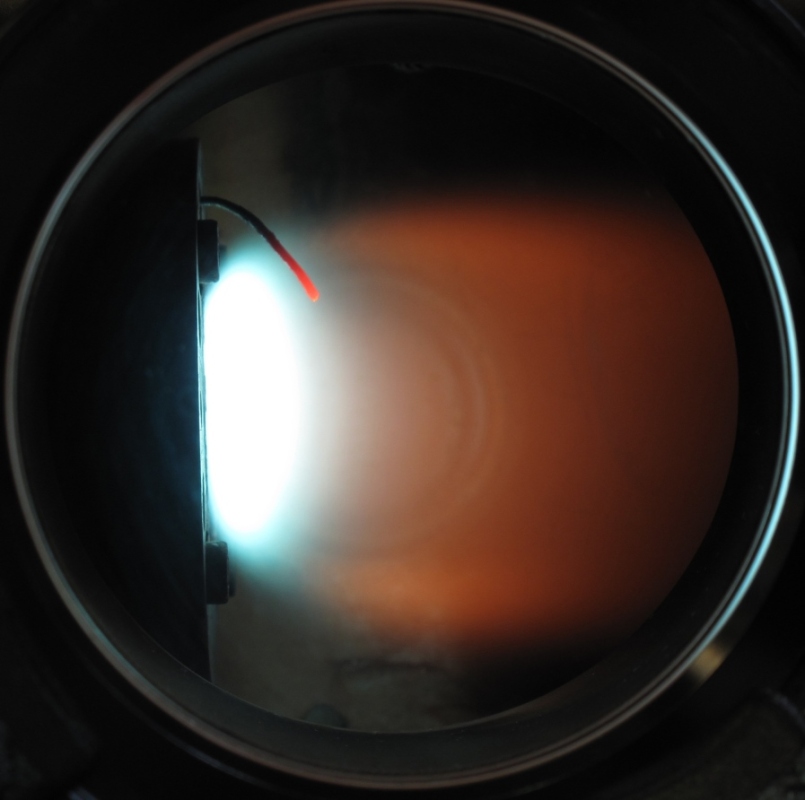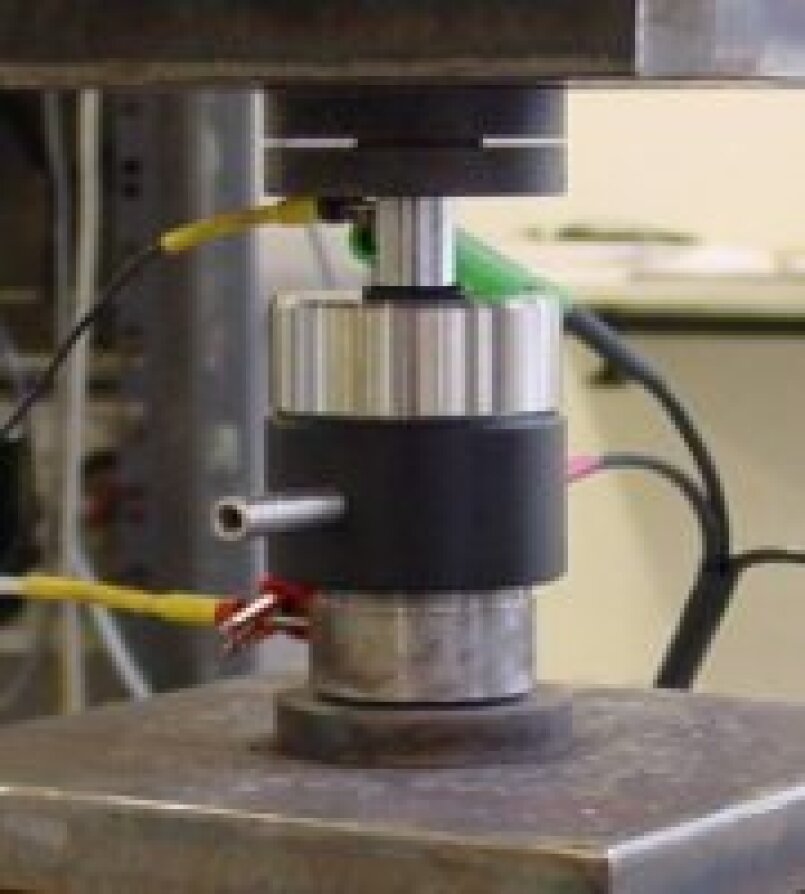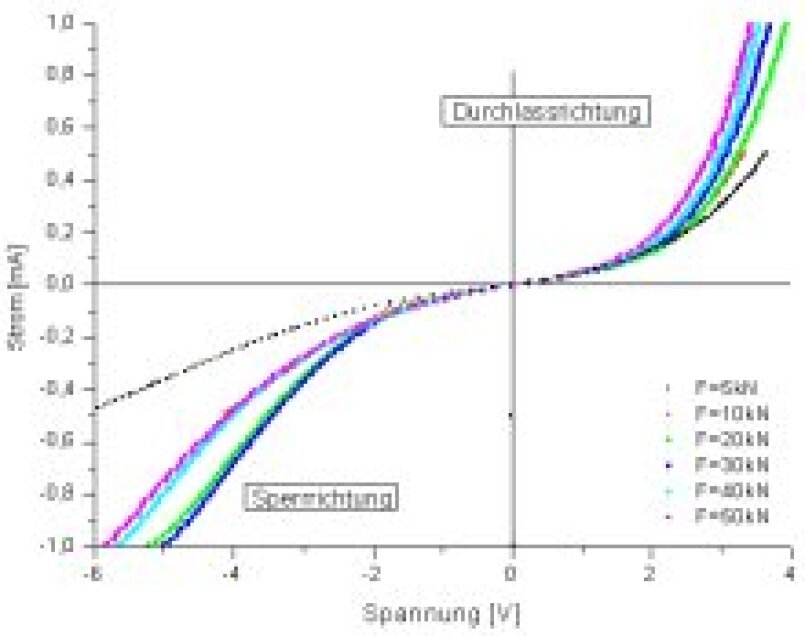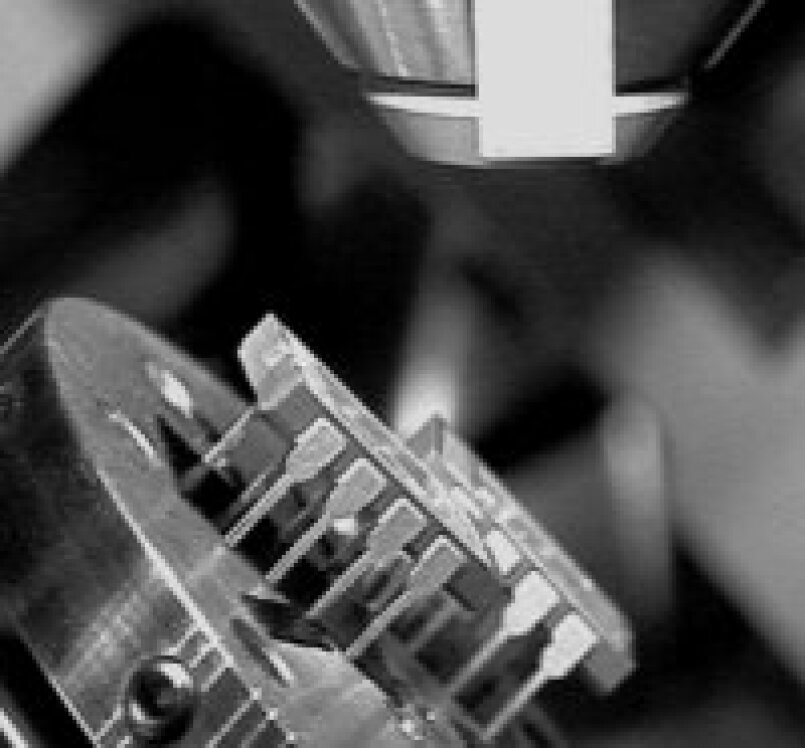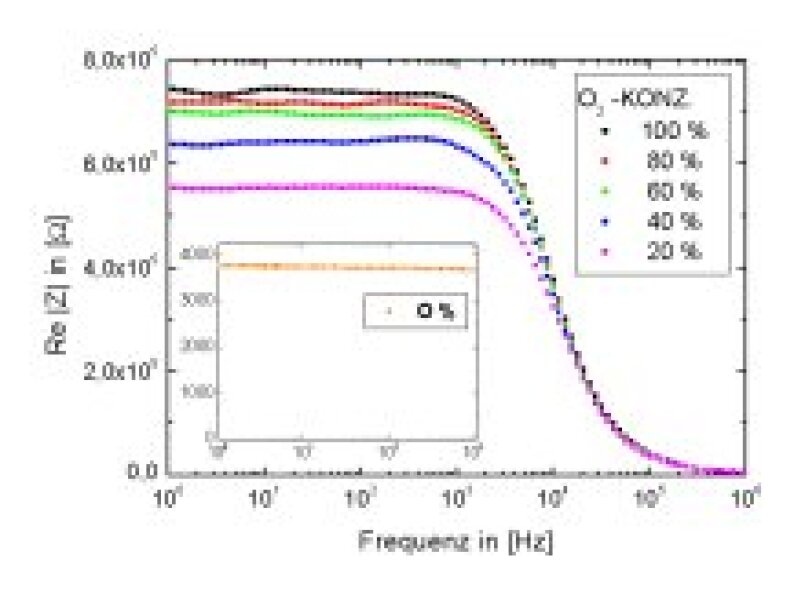Nanoparticles
The Nanomaterials Synthesis team investigates the gas-phase synthesis of nanoparticles in combination with materials characterization and processing. Research is directed primarily at both oxidic materials – mainly in flame reactors – as well as ceramic or metallic nanoparticles in hot-wall and microwave-plasma reactors. Central aspects are the formation of the initial particles, in particular the kinetics involved, and how materials properties can be tailored by modifying the reaction media. Molecular beam sampling coupled with particle-mass spectrometry developed at the IVG enable the correlation of reaction conditions with particle-size distributions. Working in cooperation with the Laser Diagnostics team, optical techniques for in situ measurements are employed to study the effect that reaction conditions and the chemical environment in the reaction mixture have on particle growth, morphology, and composition. Working jointly with the Fluid Dynamics group, the goal is to obtain a better understanding of the synthesis process and thereby make novel processes viable on an industrial scale.
A focus of ongoing work relates to materials that can be used in energy technologies. Topics such as catalysis, electrochemical energy storage, photovoltaics, thermoelectrics, and fuel cells are addressed in cooperation with partners in research and industry. This effort constitutes a centerpiece of the work carried out in the NanoEnergyTechnologyCenter (NETZ). Because many of the proposed applications may require large amounts of materials, particular emphasis is placed on sustainability in materials selection – during production as well as in processing and application. The university-associated Institute of Energy and Environmental Technology (IUTA) applies strategies developed by the IVG for nanomaterials synthesis at the pilot-plant scale.
The group contributes to the teaching within the NanoEngineering study program, both through lectures and research project in the group's well-equipped labs.
Nanoparticles Synthesis from the Gasphase
Investigation of nanoparticles in the gas phase has been an ongoing research for several years at the Institute for Combustion and Gas Dynamics. Over the past few years, this work has also lead to purposeful production of nanoparticles. Initially, investigations were focused on particles produced from flame reactors. Today, we have expanded our means of particle production to various methods. These include utilizing hot-wall reactors, laser- and microwave-plasma reactors.
Using flame reactors, where only oxides may be produced, we generate nanoparticles such as SiO2, TiO2, ZnO und Fe2O3. For the production of non-oxidic nanoparticles, reactors that do not require the use of oxygen must be used. By utilizing such reactors, we have succeeded in producing various non-oxidic nanoparticles from materials that easily oxidize, such as iron, silicon, and indium.
Electrical Properties of Mesoscopic Systems
The main focus of the Research Training Group 1240 entitled "Photovoltaics and Optoelectronics from Nanoparticles", is the synthesis, functionalization and cross-linking of mesoscopic nanoparticle systems to laminar functional units. The fundamental assumption made for thin films consisting of nanoparticles is the ability to transport electrical currents. With the application of AC and DC -methods, we are able to characterize the nanoparticles electrically. In addition, we are able to measure the electrical properties of manufactured nanoparticles.
The materials can be conditioned in-situ and are examined in defined atmospheres. With the help of a controlled hydraulic press, we can measure the change in conductivity during impact.
Impedance Spectroscopy on Nano Materials / Sensor Technology
Various setups for the characterization of sensing nanoparticles are available within the institute. Within our group, we are able to conduct the entire processes involved in fabricating sensors. Substrates are produced by electron beam lithography. The substrates are then covered with the sensing material by utilizing molecular beam technique. The sensor is finally characterized to obtain information about its selectivity and sensitivity. With these steps, we can analyze the influence of various process parameters on the capacity of the sensor. Access to all process parameters enables us to determine the modification and detailed characterization of all influencing variables.
Impedance spectroscopy is useful for characterizing the conductivity of nanomaterials. The large volume-to-surface ratio of nanoparticles leads to surface and grain barrier effects, which play an important role on the properties of the particles. These effects can be well examined by impedance spectroscopy.


